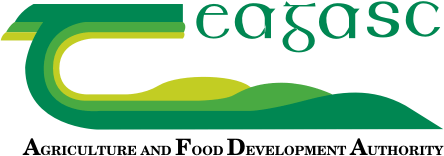Animal Health
The weanlings were housed on 28th October. Aonghusa dosed them with Bimectin to treat them for lung worms, stomach worms and lice. They were coughing around the time of housing and were a little dirty at the back so he suspected there was at least a lung worms burden there. He also clipped their backs to help reduce sweating in the shed over winter.
Aonghusa experienced a rumen fluke issue on his farm last year, and only noticed when the weanlings were weighed after Christmas and it has affected their weight gains. He will now treat them for rumen fluke in early November as their coats are a little dull and will take a FEC sample after 10 weeks to follow up and ensure there is no parasite burden present.

Figure 1: Weanlings in the shed 2 days after housing
Grassland
Aonghusa carried out a closing grass cover for the home farm on 29th October. The farm cover was 549 kg DM/ha and the growth rate had dropped to 11 kg DM/ha/day over the previous month.
His annual tonnage report from Pasturebase shows that he grew an average of 11.48 t DM of grass/ha across the home farm in 2025. This ranged from 8.98 t DM/ha in the lowest paddock to 20.97 t DM/ha in the highest paddock which was excellent.
This is in comparison to 2024 where he grew 10.7 t DM/ha across the same land block from 115 kg N/ha. Aonghusa found that the weather made a huge difference to the grass growing season on the farm this year.
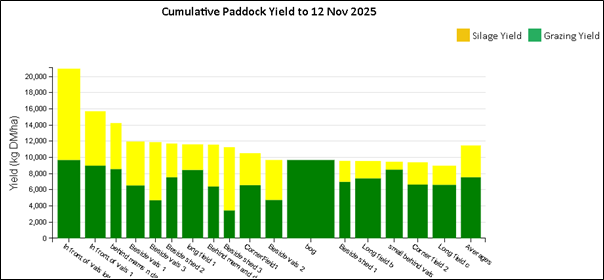
Figure 2: Paddock yields for 2025
Aonghusa has moved some of the thinner cows to the out farm in Tulla to graze over the winter. Two bought in calves will also move down with them.
Animal Nutrition
Aonghusa took 3 silage samples in October to help plan his winter diets. The most suitable result for feeding the weanlings was a silage cut on 10th May and it had a DMD value of 74.8% with a crude protein of 14%. The dry matter was just on target at 36.7% and the Fim Intake value was 120.98 g/kg W0.75. While the pH was slightly high at 4.81, the ammonia and ash figures were good at 4.78 and 8.46 respectively.

Figure 3: Silage sample results for weanlings
Aonghusa was feeding the weanlings 2kg of a 13% crude protein ration until housing so he will continue with that while they adjust to their new diets and after dosing them. As the silage quality is so good, he could only feed 0.5 kg/head/day of soya over winter, but will likely feed it with 0.5 kg of the 13% ration until Christmas. He can feed ration from both sides of the pen to optimise feed space.
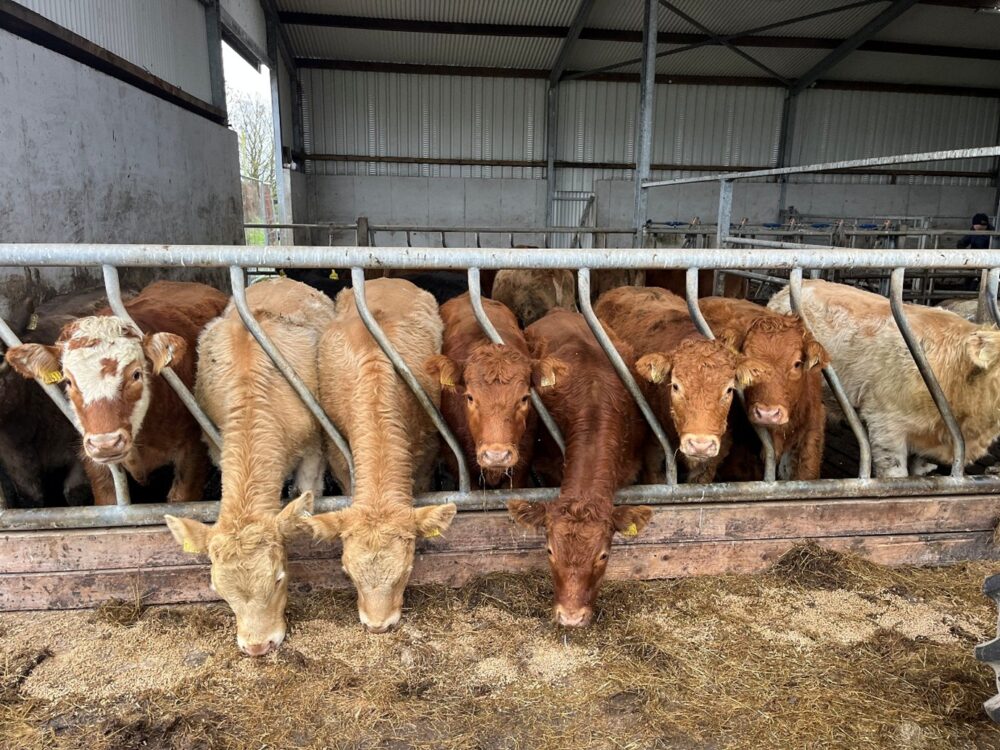
Figure 4: Weanlings eating ration
The second cut silage was made on 15th August and was also excellent at 75.6% DMD, with 15.29% crude protein. While a better quality silage than the first sample, the dry matter was lower at 28.32%. The Fim Intake figure is also lower at 99.92 g/kg W0.75, so he will feed this to the dry cows that need to build a bit of body condition after housing for 2-3 weeks. It would be dangerous to keep the cows on that quality if silage for the winter as they could get over-fat, therefore they can be fed the dry cow silage as every second bale after 2-3 weeks.
The dry cow silage was purposely cut late in June and had a DMD of 62.9% with 10.7% crude protein at 24.11% dry matter and Aonghusa has seen himself that the bales are very wet. Alternating the two silages will keep the cows in moderate BCS over the winter period, which he will monitor.
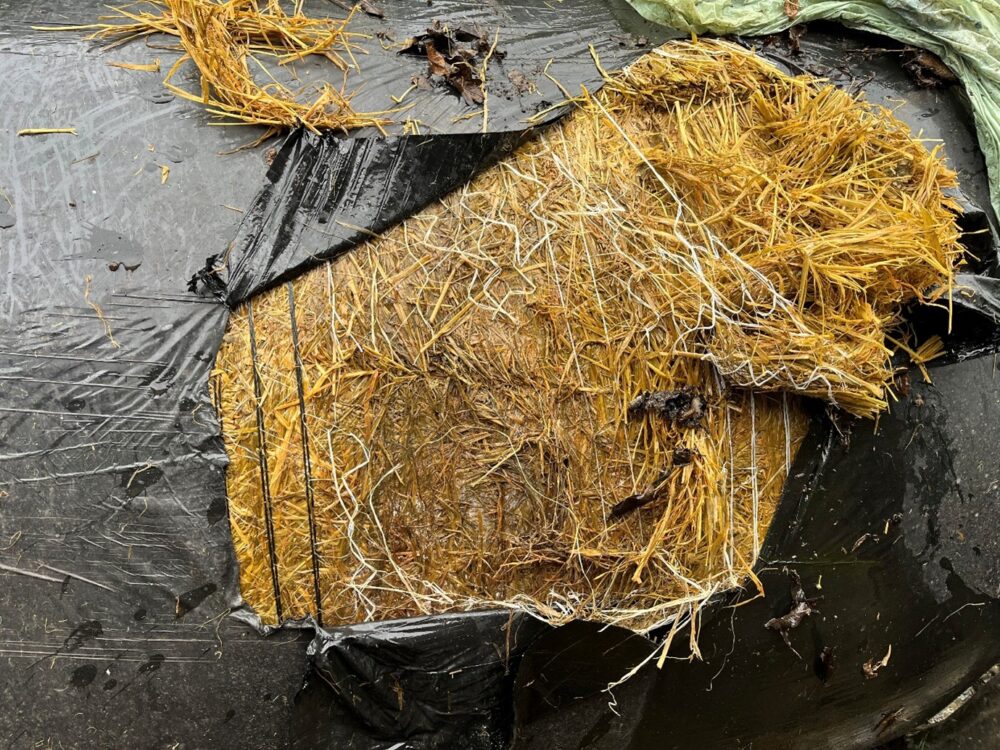
Figure 5: The dry cow silage cut in June is only 62.9% DMD and is wet at 24.11% dry matter
The cull cows are being fed 5-6 kg of ration/head/day along with good quality silage.
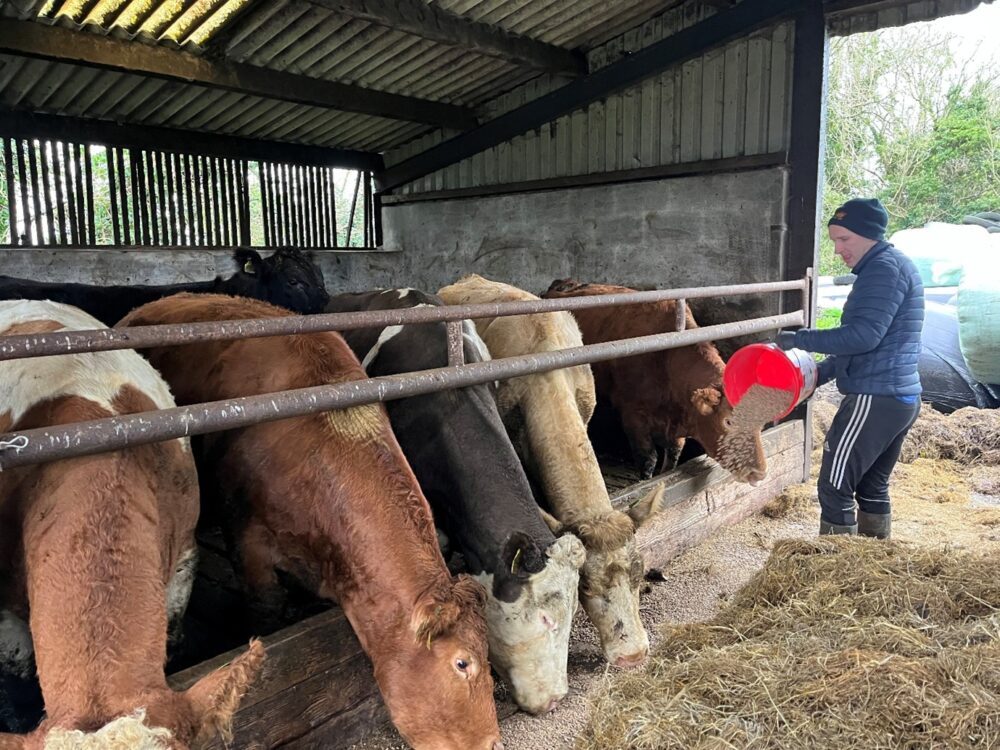
Figure 6: Aonghusa feeding the cull cows
